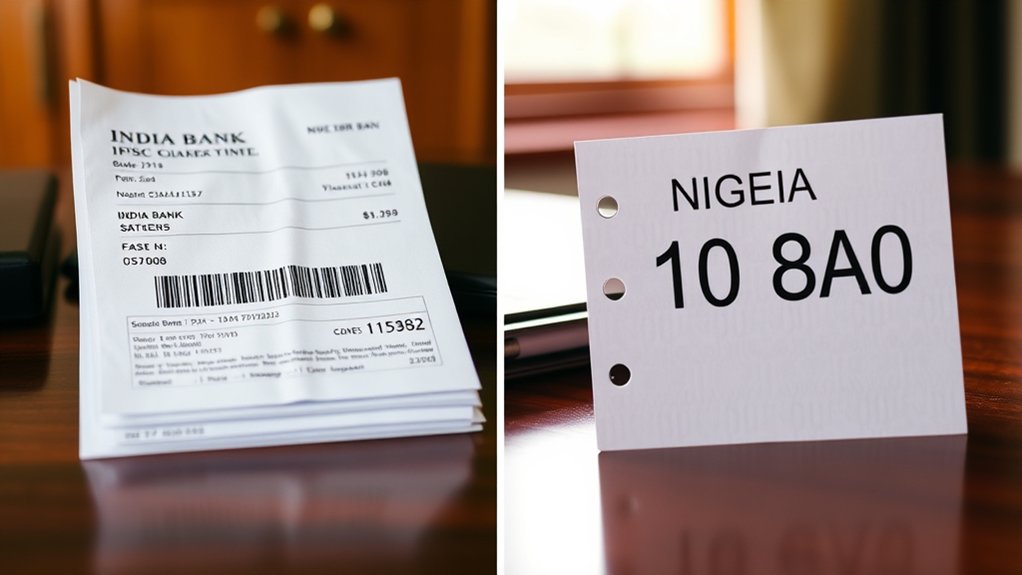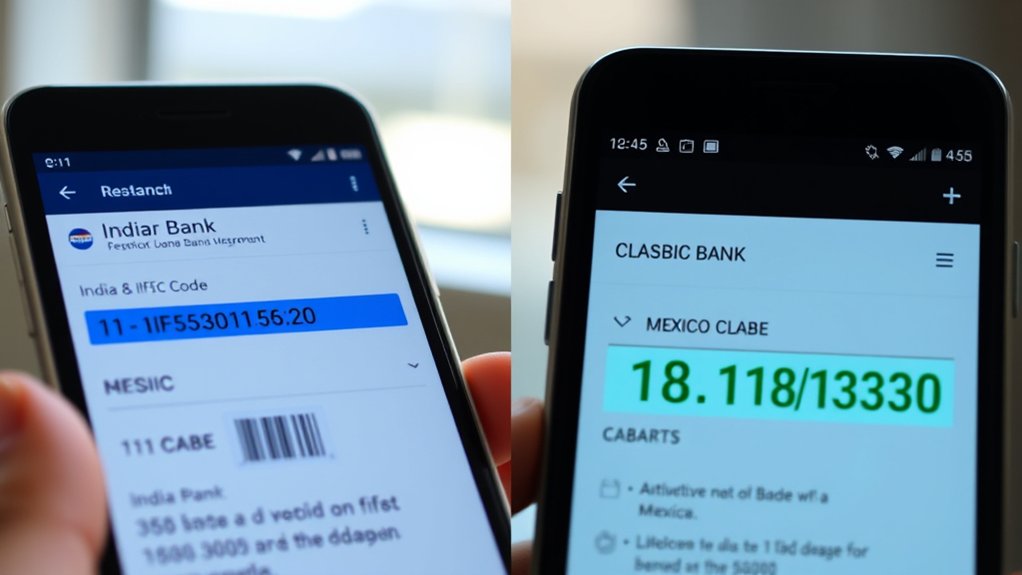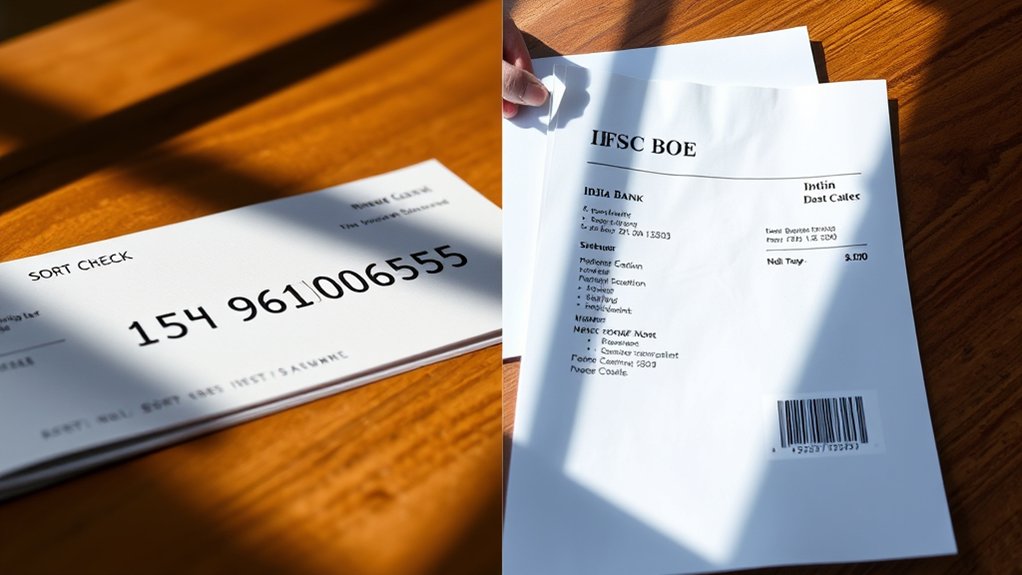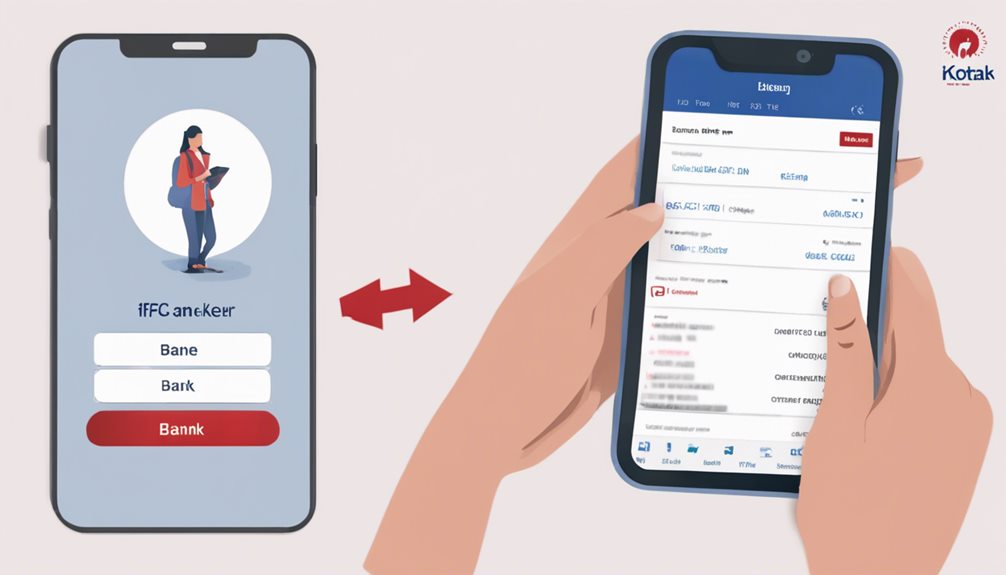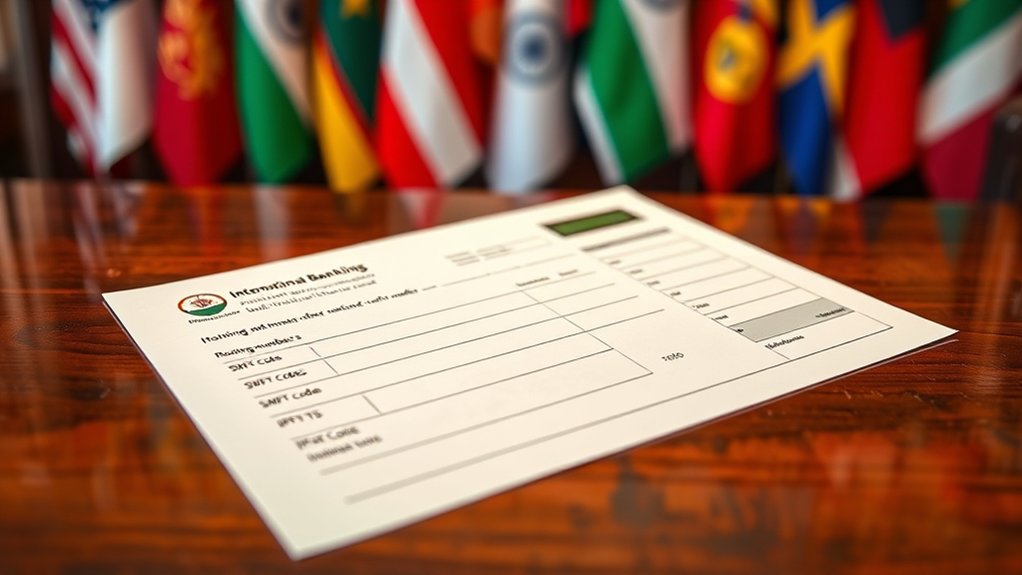
IFSC codes won’t work outside of India, as they’re exclusively designed for India’s domestic banking system. You’ll need alternative codes like SWIFT/BIC for international transactions, which are globally recognized banking identifiers. While IFSC codes are essential for transfers within India through NEFT, RTGS, or IMPS systems, they’re incompatible with international banking protocols. Understanding the distinct differences between domestic and global banking codes will guarantee your cross-border transactions succeed.
Understanding the Geographic Scope of IFSC Codes
Where do IFSC codes operate, and what’s their geographic reach? The Indian Financial System Code’s significance is strictly confined to India’s domestic banking infrastructure.
You’ll find that these codes function exclusively within the Indian financial ecosystem, serving as unique identifiers for specific bank branches across the country.
When you’re conducting domestic transactions through NEFT, RTGS, or IMPS systems, IFSC codes are essential components that guarantee accurate fund routing within India’s borders.
However, these codes have no functionality beyond India’s banking network. For international transfers, you’ll need to use SWIFT codes instead, as IFSC codes are regulated solely by the Reserve Bank of India and aren’t recognized by foreign financial institutions.
The geographic scope of IFSC codes is purposefully limited to facilitate India’s internal banking operations.
IFSC Codes Vs International Banking Standards
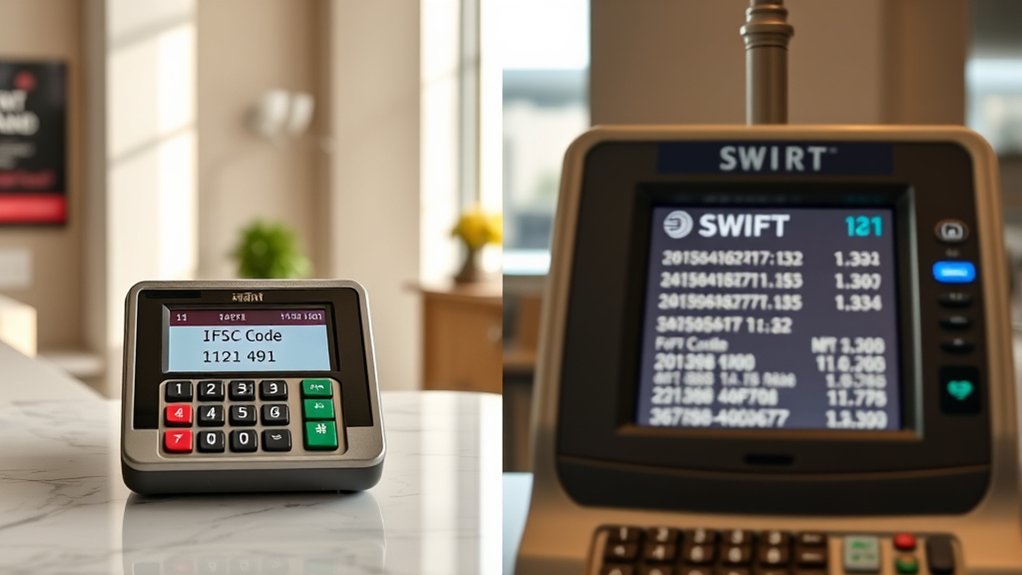
When comparing IFSC codes with international banking standards, you’ll find distinct operational frameworks that serve different purposes. While IFSC regulations govern domestic transfers within India, international transactions rely on SWIFT codes for banking identification across borders.
| Feature | IFSC | SWIFT |
|---|---|---|
| Code Length | 11 characters | 8-11 characters |
| Jurisdiction | India only | Global |
| Regulatory Body | RBI | SWIFT Society |
The code standardization between these systems reflects their specialized roles. IFSC codes facilitate NEFT and RTGS transactions exclusively within India’s banking network, operating under strict RBI oversight. In contrast, SWIFT’s global infrastructure enables cross-border transactions through an internationally recognized identification system. Understanding these differences is vital for executing transactions correctly within their respective domains.
Alternative Banking Codes for Global Transactions

Since IFSC codes function exclusively within India’s banking system, international transactions require alternative identification codes specific to each country’s financial infrastructure.
When you’re conducting global banking transactions, you’ll need to use the appropriate codes for each region. SWIFT codes (or BIC) serve as the primary method for international transfers, while specific countries maintain their own domestic systems, such as Australia’s BSB codes and Nigeria’s NUBAN system.
The banking industry is evolving with the implementation of the IBAN system in various regions, which may impact how you process international transactions.
To guarantee successful cross-border transfers, you’ll need to understand these different global banking codes and their specific applications within each country’s financial network.
Key Limitations of IFSC in Cross-Border Banking
Although IFSC codes effectively facilitate domestic banking within India, they face significant limitations in cross-border transactions due to their incompatibility with international banking standards.
You’ll encounter fundamental barriers when attempting to use IFSC codes internationally, as their 11-character structure doesn’t align with global banking protocols.
The primary limitations in transactions stem from IFSC’s India-specific design, regulated exclusively by the RBI. If you attempt to use these codes for international transfers, you’ll likely experience errors in processing, delayed settlements, or complete transaction failures.
This incompatibility exists because global banking systems don’t recognize IFSC’s unique format, which includes the distinctive zero placeholder and branch-specific identifiers. Instead, you’ll need to use SWIFT codes, which are specifically designed and universally accepted for cross-border financial operations.
Regional Banking Systems and Their Local Codes
Several major economies maintain their own local banking codes, each tailored to facilitate domestic fund transfers within their respective financial systems.
These regional banking frameworks reflect the unique requirements and historical development of each nation’s financial infrastructure.
- Australia’s BSB (Bank State Branch) codes serve as local identifiers for routing domestic transactions within their national payment system.
- The United Kingdom employs sort codes, which function similarly to IFSC but are structured differently for their banking network.
- India’s IFSC utilizes an 11-character format, with the first four digits identifying the bank and the last six specifying the branch.
- Each country’s regulatory authority independently manages these domestic codes, unlike international standards such as IBAN, which are designed for cross-border transactions.


